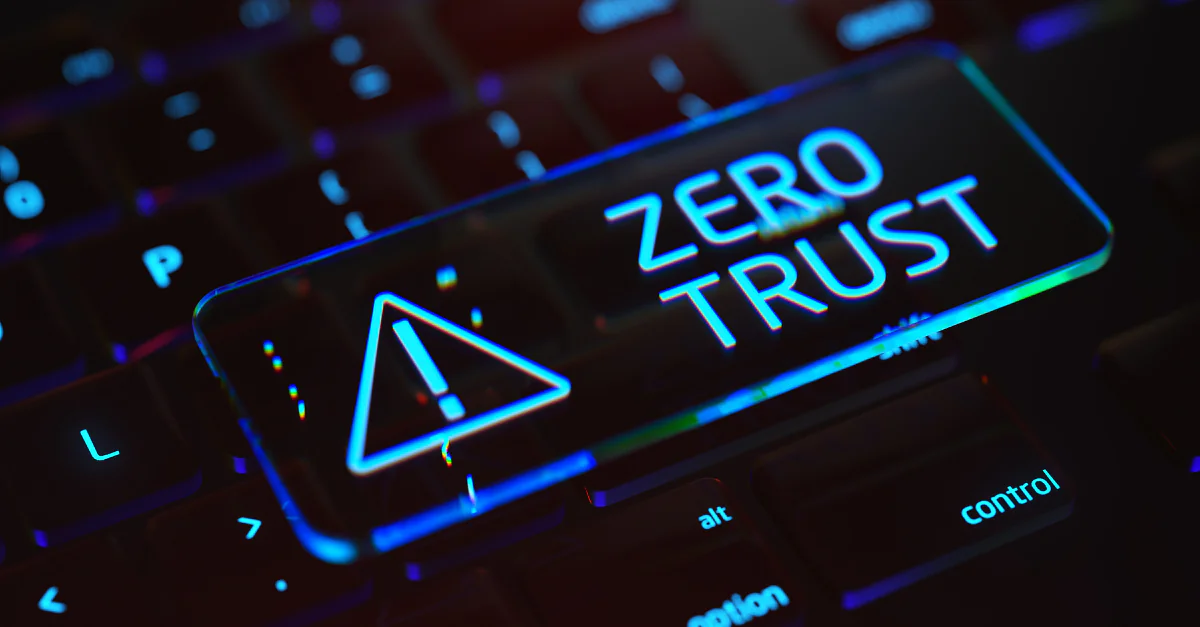
Zero Trust, a hot-button issue in the cybersecurity sphere, once again took center stage at this year’s RSA conference, mirroring its significant prominence during the previous year’s event. The conversation was only slightly nudged aside by discussions on AI, which was an anticipated occurrence.
So, what is Zero Trust? Essentially, Zero Trust is a cybersecurity paradigm that hinges on the premise that no entity, either within or outside organizational boundaries, should be trusted implicitly. Instead, organizations are advised to authenticate everything attempting to connect to their systems prior to granting access. The reason? Even if there’s a security perimeter, it is virtually ineffective in preventing lateral movements when intruders find a way through your weakest entry points. The Zero Trust model, thus, is aimed at averting data breaches and containing the repercussions of any prospective attacks.
I stumbled upon an insightful post on Zscaler’s blog titled “Tackling Patch Management with Zero Trust” and here are the highlights:
- The Zero Trust model automatically configures only the systems and applications that require access to communicate with other network connections. However, it stops any idle or extraneous communication, thereby narrowing down what can connect. This, in turn, diminishes the likelihood of an unpatched system getting affected by an exploit as fewer resources interact with it.
- The notion of “fingerprints” within a Zero Trust network, including details like product or device names, versions, and patch levels, can streamline alerting for patch management issues and automate Zero Trust configuration workflows. For instance, a policy could be created that triggers when a certain version of an installed application is outdated, blocking the connection until an upgrade or patch is installed.
- Although patch management tools alone can’t stop software from communicating if malware infiltrates the system before a patch is in place, their integration with Zero Trust systems can isolate crucial assets. This allows the identification and mitigation of an unpatched vulnerability prior to exploitation, undertaking remedial action, and subsequently re-enabling network access.
So, what are your views on Zero Trust? Has your IT environment embraced this model yet? Let’s discuss this on Action1 subreddit or Action1 Discord.
About Action1
Action1 is the #1 risk-based patch management platform for distributed enterprise networks trusted by thousands of organizations globally. Action1 helps to discover, prioritize, and remediate vulnerabilities in a single solution to prevent security breaches and ransomware attacks. It automates patching of third-party software and operating systems, ensuring continuous patch compliance and remediation of security vulnerabilities before they are exploited.




